<< Our Photo Pages >> British Museum - Museum in England in Greater London
Submitted by Andy B on Thursday, 16 June 2022 Page Views: 38731
MuseumsSite Name: British MuseumCountry: England
NOTE: This site is 0.139 km away from the location you searched for.
County: Greater London Type: Museum
Nearest Town: London
Map Ref: TQ300816 Landranger Map Number: 176
Latitude: 51.518369N Longitude: 0.127765W
Condition:
| 5 | Perfect |
| 4 | Almost Perfect |
| 3 | Reasonable but with some damage |
| 2 | Ruined but still recognisable as an ancient site |
| 1 | Pretty much destroyed, possibly visible as crop marks |
| 0 | No data. |
| -1 | Completely destroyed |
| 5 | Superb |
| 4 | Good |
| 3 | Ordinary |
| 2 | Not Good |
| 1 | Awful |
| 0 | No data. |
| 5 | Can be driven to, probably with disabled access |
| 4 | Short walk on a footpath |
| 3 | Requiring a bit more of a walk |
| 2 | A long walk |
| 1 | In the middle of nowhere, a nightmare to find |
| 0 | No data. |
| 5 | co-ordinates taken by GPS or official recorded co-ordinates |
| 4 | co-ordinates scaled from a detailed map |
| 3 | co-ordinates scaled from a bad map |
| 2 | co-ordinates of the nearest village |
| 1 | co-ordinates of the nearest town |
| 0 | no data |
Internal Links:
External Links:
I have visited· I would like to visit
morgannwg would like to visit
RedKite1985 visited on 3rd Jun 2022 - their rating: Cond: 5 Amb: 5 Access: 5 So much to see- impossible to take it all in in just one visit!
aolson visited on 20th Mar 2019 - their rating: Cond: 5 Amb: 5 Access: 5 Tied with the west coast of Vancouver Island in my mind for the greatest place on planet Earth. I have spent dozens of hours here over the years, and still more to learn every time I come back.
Tdiver visited on 1st Jan 2013 - their rating: Cond: 5 Amb: 5 Access: 5
XIII visited on 1st May 2012 - their rating: Cond: 4 Amb: 4 Access: 5
SolarMegalith visited on 2nd Jun 2011 - their rating: Cond: 5 Amb: 5 Access: 5
Harald_Platta visited on 27th Jan 2000 - their rating: Cond: 5 Amb: 5 Access: 5
coin visited - their rating: Cond: 5 Amb: 5 Access: 5
kthdsn visited - their rating: Cond: 5 Amb: 5 Access: 5
lucasn visited - their rating: Cond: 5 Amb: 3 Access: 4
ForestDaughter visited - their rating: Cond: 5 Amb: 5 Access: 5 For two years running I went on a coach journey to the British Museum from Devon with my young son. One year featured guided tours around the Egyptian rooms, plus time to wander around on our own when we also saw the Sutton Hoo treasures. The second featured tours in the Assyrian and Persian rooms plus a talk about various artefacts of ancient civilisations.
Andy B DrewParsons h_fenton myf MelissaBWrite hevveh have visited here
Average ratings for this site from all visit loggers: Condition: 4.9 Ambience: 4.7 Access: 4.9

Department of Prehistory & Early Europe
Address: Great Russell Street, WC1B 3DG
Phone: 0207 323 8299
Opening Hours: Sat -Weds 10am-5.30pm, Thurs - Fri 10am-8.30pm Closed 1 Jan, Good Friday and 24 to 26 Dec every year
Admission: Free, apart from special exhibitions
Visit their web site
Ancient drum shaped chalk object found in the area of and very similar to the Folkton Drums is described as ‘most important prehistoric art find in UK for a century’. It's going on display as part of the British Museum World of Stonehenge exhibition, which opened on Thursday 17th Feb. More details in the comments lower down.
A free eBook by the curators of the Stonehenge exhibition: Grave Goods: Objects and Death in Later Prehistoric Britain and news on their latest Boundary Objects project, details in the most recent comment on our page
The Megalithic Portal was pleased to be part of Solstice Late at the British Museum, Friday 17th June with contributions from Ancient Music Ireland, HERESY, Jeremy Deller, Stone Club
Note: Photos from Solstice Late at the British Museum on our page and more on Twitter
You may be viewing yesterday's version of this page. To see the most up to date information please register for a free account.
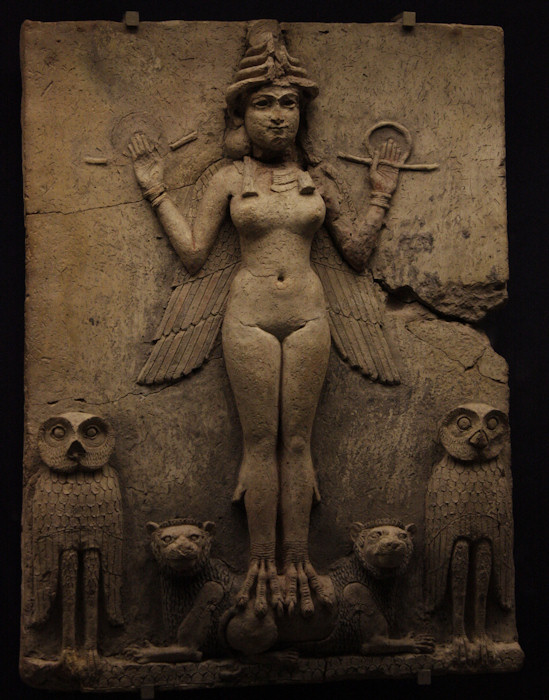

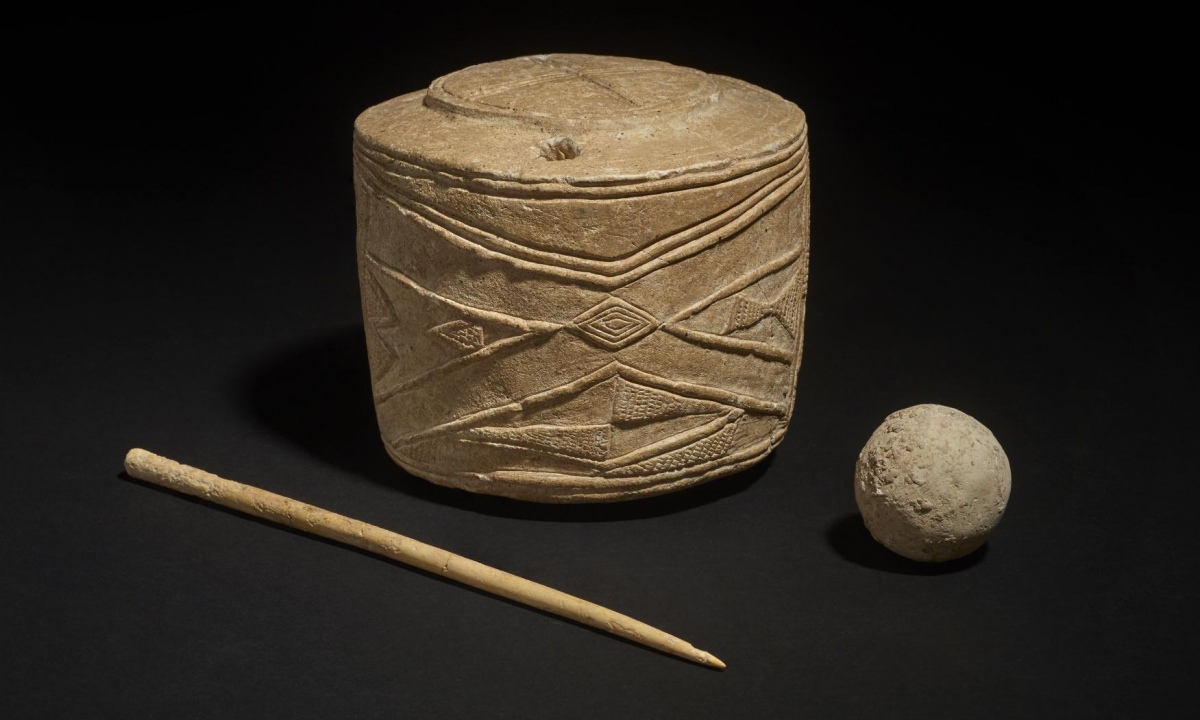
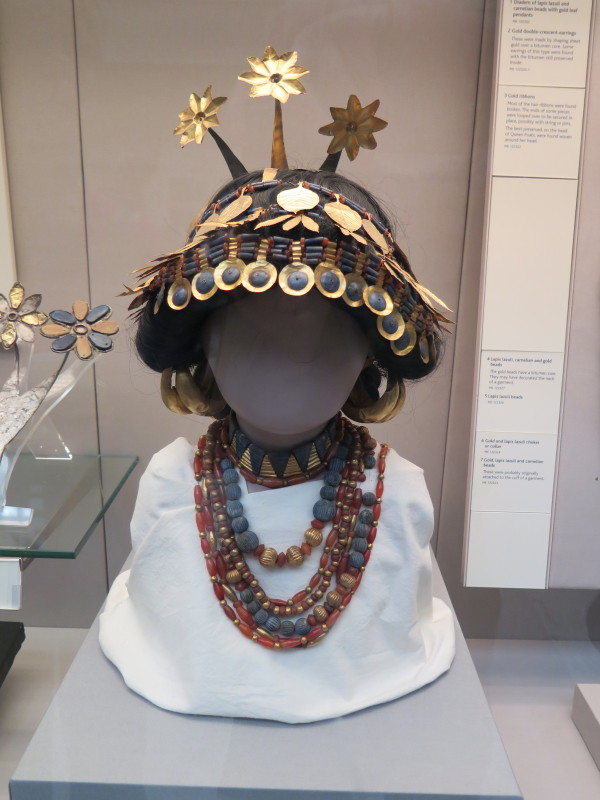

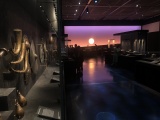
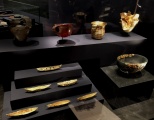
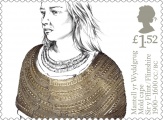


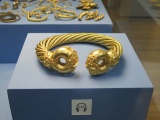
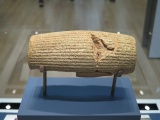

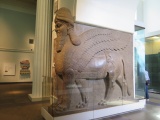
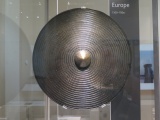
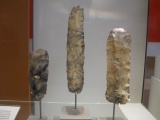
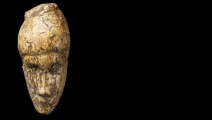





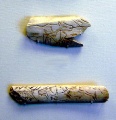
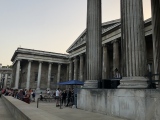
These are just the first 25 photos of British Museum. If you log in with a free user account you will be able to see our entire collection.
Do not use the above information on other web sites or publications without permission of the contributor.
Click here to see more info for this site
Nearby sites
Key: Red: member's photo, Blue: 3rd party photo, Yellow: other image, Green: no photo - please go there and take one, Grey: site destroyed
Download sites to:
KML (Google Earth)
GPX (GPS waypoints)
CSV (Garmin/Navman)
CSV (Excel)
To unlock full downloads you need to sign up as a Contributory Member. Otherwise downloads are limited to 50 sites.
Turn off the page maps and other distractions
Nearby sites listing. In the following links * = Image available
682m NNW 328° Petrie Museum of Egyptian Archaeology* Museum (TQ2962882172)
731m W 275° The One and The Many* Modern Stone Circle etc (TQ2926981650)
1.2km SSE 155° Cleopatra's Needle (London)* Standing Stone (Menhir) (TQ3054380516)
1.4km ENE 67° Skinner's Well (Finsbury) Holy Well or Sacred Spring (TQ313822)
1.5km ENE 71° Clerk's Well (Farringdon Lane) Holy Well or Sacred Spring (TQ3145282134)
1.5km ESE 106° Bridewell (Fleet Street) Holy Well or Sacred Spring (TQ315812)
1.8km E 85° Cow Cross (Finsbury) Ancient Cross (TQ31788181)
2.1km E 94° Museum of London* Museum (TQ321815)
2.2km ESE 102° Broken Cross (Westminster) Ancient Cross (TQ322812)
2.6km ESE 104° Mithras Temple (London)* Ancient Temple (TQ3252181031)
2.8km ESE 106° London Stone* Standing Stone (Menhir) (TQ3267680903)
3.5km S 178° Mesolithic structure near Vauxhall bridge* Timber Circle (TQ30217814)
3.5km ESE 107° All Hallows by the Tower* Museum (TQ3337380695)
3.6km ESE 106° St Olave's Well* Holy Well or Sacred Spring (TQ335807)
3.7km SE 145° Cuming Museum Museum (TQ322786)
3.8km SW 215° Tutankhamun: Treasures of the Golden Pharaoh exhibition, Saatchi Gallery* Museum (TQ279784)
4.2km SW 236° London Natural History Museum* Museum (TQ266792)
4.3km WSW 248° St Govor's Well* Holy Well or Sacred Spring (TQ2605079887)
5.5km NW 325° Chalybeate Well* Holy Well or Sacred Spring (TQ2671986055)
5.6km NNW 333° Hampstead Heath Barrow* Round Barrow(s) (TQ2738286518)
6.2km NNE 19° Finsbury Park earthworks* Artificial Mound (TQ3186087537)
6.7km W 278° Kensal Green* Modern Stone Circle etc (TQ233824)
8.5km N 354° Mus Well (Muswell Hill) Holy Well or Sacred Spring (TQ28869001)
8.8km NNE 27° St. Eloy's Well* Holy Well or Sacred Spring (TQ338895)
8.9km N 357° St. Dunstan's Well Holy Well or Sacred Spring (TQ293905)
View more nearby sites and additional images



 We would like to know more about this location. Please feel free to add a brief description and any relevant information in your own language.
We would like to know more about this location. Please feel free to add a brief description and any relevant information in your own language. Wir möchten mehr über diese Stätte erfahren. Bitte zögern Sie nicht, eine kurze Beschreibung und relevante Informationen in Deutsch hinzuzufügen.
Wir möchten mehr über diese Stätte erfahren. Bitte zögern Sie nicht, eine kurze Beschreibung und relevante Informationen in Deutsch hinzuzufügen. Nous aimerions en savoir encore un peu sur les lieux. S'il vous plaît n'hesitez pas à ajouter une courte description et tous les renseignements pertinents dans votre propre langue.
Nous aimerions en savoir encore un peu sur les lieux. S'il vous plaît n'hesitez pas à ajouter une courte description et tous les renseignements pertinents dans votre propre langue. Quisieramos informarnos un poco más de las lugares. No dude en añadir una breve descripción y otros datos relevantes en su propio idioma.
Quisieramos informarnos un poco más de las lugares. No dude en añadir una breve descripción y otros datos relevantes en su propio idioma.